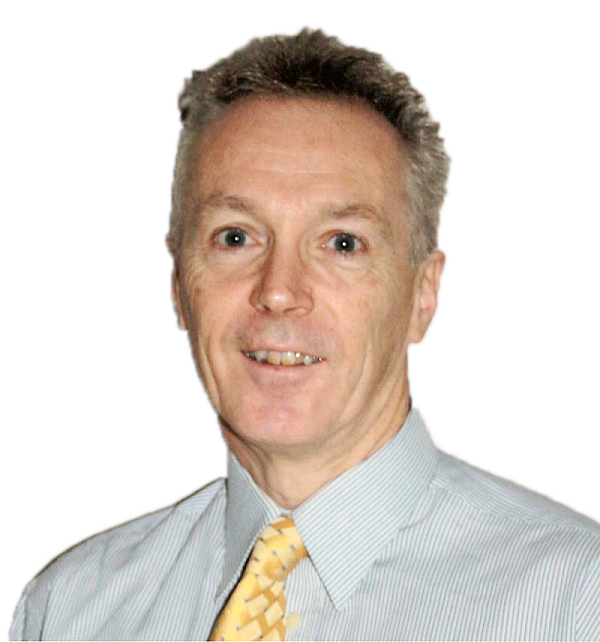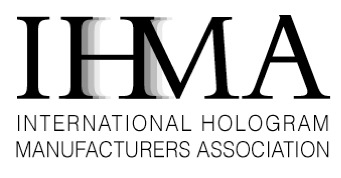Against a global backdrop, holograms continue to be widely deployed as an effective weapon in the fight against counterfeiting and anti-tampering, offering product authentication benefits to business and commerce. As small unobtrusive devices, they are also seen as handy platforms for the unique identifiers required as part of advanced track and trace programmes.

Growth in hologram usage is being driven by increased global consumption on the back of rising populations, particularly in developing parts of the world and geographic regions with nascent economies. As demand has grown, so has the trade in illicit goods produced by ever more skilful, determined and resourceful counterfeiters and criminal organisations.
However, innovative technologies and processes are helping holograms to reach out, broadening their appeal and secure new markets where they can play integral roles in resisting the dark underbelly of illegal trade in place like Asia and the Far East, where authentication procedures are not so strenuous and the dangers more acute.
In India, for instance, holograms are supporting new ways to protect indigenous industries such as fishing. The state government of Kerala in India has introduced 300 Holographic Registration Plates (HRPs) in a move to tackle the increasing number of unregistered fishing vessels that infiltrate coastal regions and have been identified as being involved in criminal activities including human trafficking.
 Chair of the International Hologram Manufacturers Association considers how holography is finding a new role in the battle to protect fishing.
Chair of the International Hologram Manufacturers Association considers how holography is finding a new role in the battle to protect fishing.
– Paul Dunn
The HRPs, which are designed as a tetrahedron to be visible from all sides, feature embossed security holograms which are extremely difficult to duplicate. Individual plates are fixed on top of the wheel house with an identification ion number laser etched to ensure each of the vessels has a unique identifier.
The application of holograms in this way is replacing the traditional registration marks applied to boat hulls, or to the beading on top of the wheel house. This is enabling the authorities to better track fake fishing vessel, improve coastal security, boost the recognition of unregistered vessels out at sea and in conducting rescue operations more effectively.
The project is already reaping benefits, according to S Venkatesapathy, Director, Fisheries Department, Kerala who is quoted as saying HRP will prove extremely helpful in ensuring coastal security and vessel identification. Looking to the future, the department is considering the practicality of creating an HRP networking system for real-time monitoring of sea-going vessels through incorporating the HRP with GPS functionality. A microchip containing the details of the vessel and the crew could also be fitted with it.
The capacity for holography to incorporate other data forms and recognition information continues to grow in importance but for now it is clear the technology demonstrates an ability to thwart criminal activity in challenging and difficult to monitor industries. With advancements in technology and widening applications, there’s no reason why the technology should not continue to play a critical part in the on-going battle to remain one step ahead of the counterfeiters.
The IHMA is made up of almost 100 of the world’s leading hologram companies. Members include the leading producers and converters of holograms for banknote security, anti-counterfeiting, brand protection, packaging, graphics and other commercial applications around the world, and actively cooperate to maintain the highest professional, security and quality standards.
